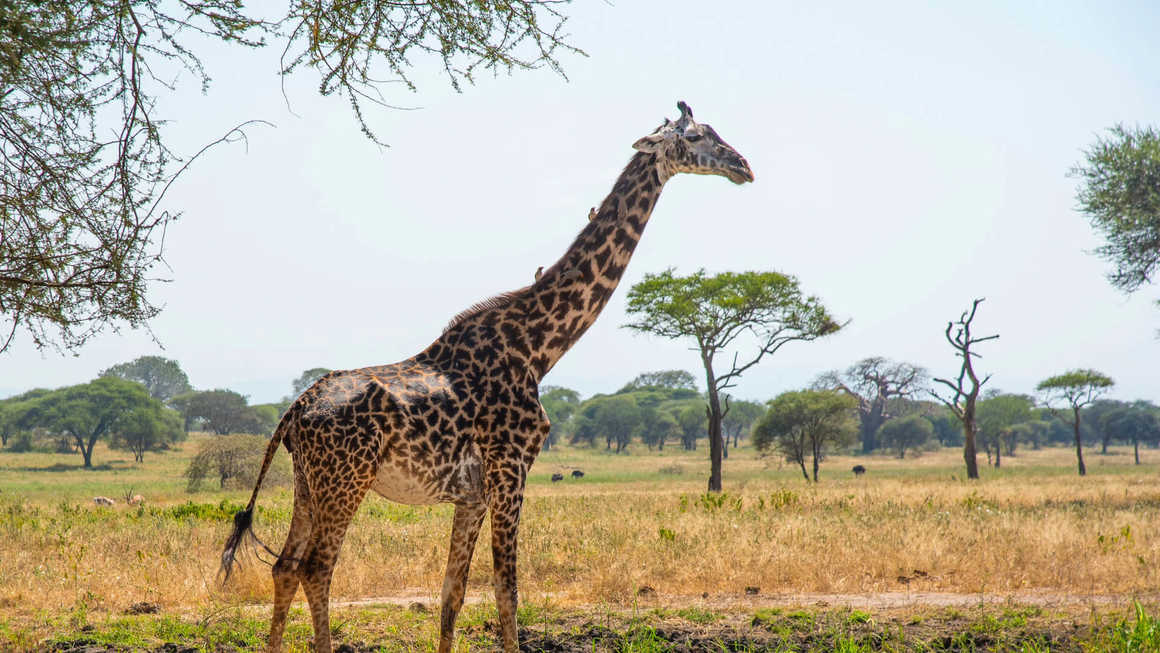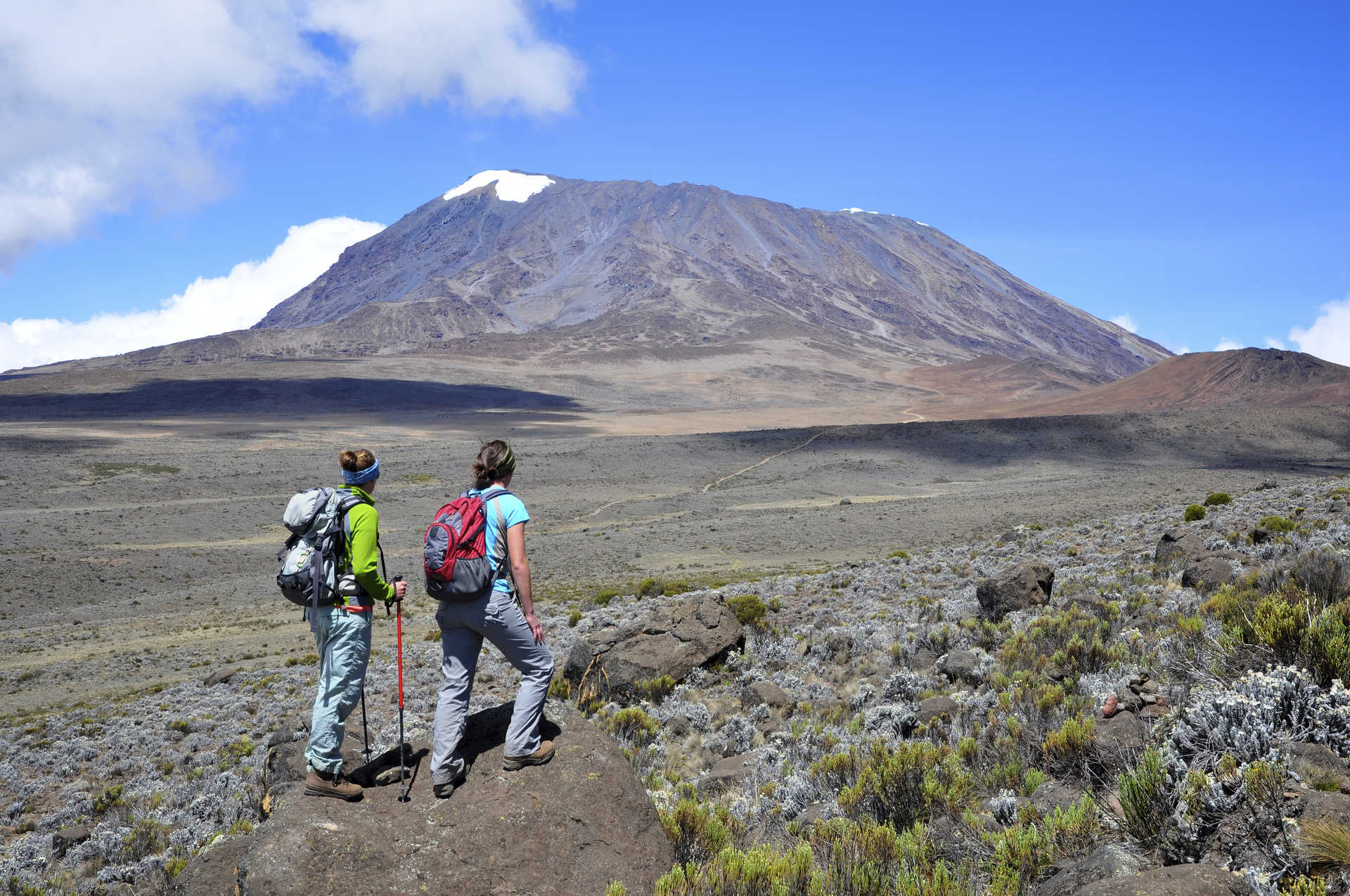When is the Best Time to Climb Kilimanjaro?
Located in northeastern Tanzania, Mount Kilimanjaro is the
highest peak in the continent of Africa and highest freestanding mountain in
the world at 5,895m. This epic peak attracts trekkers of all experience levels
looking to take on the challenge of reaching Kilimanjaro summit from far and
wide.
While Mount Kilimanjaro National Park is open all year
round, conditions differ throughout the year so you may wish to spend some time
contemplating the best time to climb Kilimanjaro. Fortunately, the weather on
Kilimanjaro is fairly predictable, with distinct dry seasons and rainy seasons.
Here, we provide a complete breakdown of the Kilimanjaro
climbing seasons including the best time for climbing Kilimanjaro, times to avoid
and other factors to consider allowing you the best possible chance of success.
The Kandoo Adventures team have a summit success rate of over 95% on all our
trips, one of the highest in the industry, because we factor in acclimatisation
days into all our trips, ensuring the best possible chance of success. We know the best season for Kilimanjaro expedition trips and our teams in Tanzania have explored the mountain every which way.
We recommend climbing Kilimanjaro on one of our Kilimanjaro
routes during the warmest and driest time of the year, from June to
October and December to March. In fact, we only run trips to Kilimanjaro
during these ‘high’ seasons to ensure the safety of all our group members, the
best chance of summit success, clear views from the top and a more enjoyable
experience all round. For our advice on when to climb Kilimanjaro, keep reading!
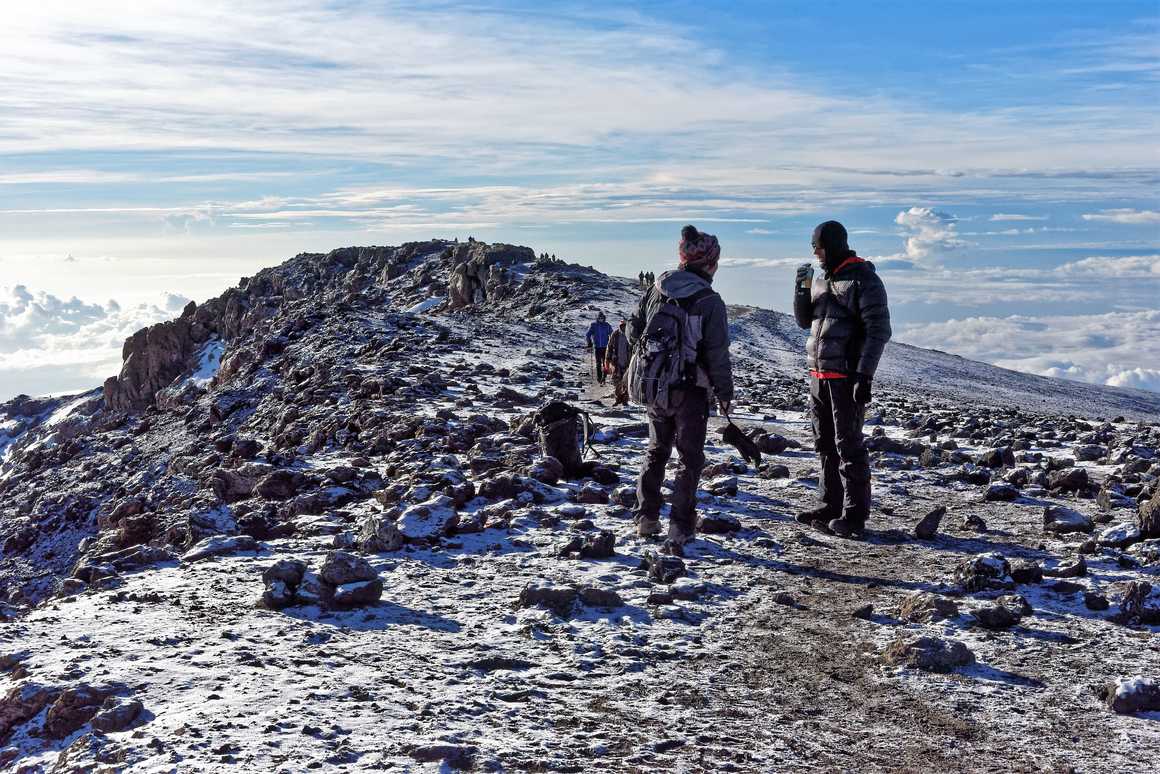
Kilimanjaro, Season by Season
December to March
The period between mid-December and March is one of the best
times of year for climbing Kilimanjaro on one of Kandoo Adventures trips to
Kilimanjaro and you can expect to share the mountain with other like-minded
trekkers. While this season is considered a ‘high season’, its often quieter on
the slopes than the main climbing season of June to October and offers optimal
climbing conditions, one of the highest summit success rates and spectacular
views along the trail.
The weather on Kilimanjaro during this period is usually dry
with clear skies that make for great views with the addition of a good chance
of snow over 14,000ft, making for some epic photo opportunities. The
temperature will be cold and there is a higher chance of snow at this time of
year, so it’s important to make sure you have the necessary trekking gear. As
Kilimanjaro is located close to the equator, temperatures at ground level may
be warm but the higher you climb, the colder the conditions get, so layers of
clothing are essential.
April to May
The long rainy season starts at the end of March and
continues through to early June. April to May sees long rains, increasing the
chance of mishap. Trails are sure to be muddy, visibility might be reduced by
the cloud cover and only the Machame Route and Marangu Route gates
will be open. We do not recommend climbing Kilimanjaro during this time as it
is likely to be much less enjoyable and the chance of successfully summiting is
reduced due to these conditions.
Some tour operators do offer discounted prices during the
rainy seasons and the lack of crowds could enable you to better appreciate the
mountain's beauty – the highly popular Machame Route could be close to empty.
But hiking for six or seven hours a day in the rain is the opposite of fun and risky if the weather is severe, and studies have demonstrated that people are
more likely to give up.
The experts at Kandoo Adventures don’t offer trips to
Kilimanjaro during these months and for good reason. Safety is a priority here
at Kandoo and the weather conditions typical of this ‘off’ season lead to
worsened trail conditions and increased danger. We would strongly sugges that this is not the best time for Kilimanjaro exploration.
June to October
The period between June and October is also considered a
‘high’ season and is one of the best times of year to climb Kilimanjaro. From
June to October, the weather on Kilimanjaro will be dry. During this period, June
to August is very cold but the sun comes out in September, there is little
chance of rain and the trekking routes to Kilimanjaro summit, or Uhuru Peak, are generally free of snow. July and August are normally busy, and October is
quieter but there might be low-lying cloud cover obstructing the views.
In terms of crowds, September is very busy, but if a quieter
trekking route is a priority for you, taking a less popular route such as the Rongai
Route or Lemosho Route may be preferable. The landscape of the
Rongai route is flatter, drier and arguably easier, as evidenced by the high
success rate experienced by those who climb Kilimanjaro but the landscape of Lemosho
is particularly spectacular.
The team at Kandoo Adventures enjoy taking groups out to
climb Kilimanjaro during this season and boast a 95% success rate on every one
of our expeditions. For a high chance of success and a pleasant journey to boot, we would suggest that this is the best season to climb Kilimanjaro.
November
November is the short rainy season. As with April to May, we
do not recommend climbing Kilimanjaro at this time as trails will be muddy and
only the Machame Route and Marangu Route gates will be open, although the
absence of crowds and presence of snow cover might make up for it. Kandoo don’t
offer trips to Kilimanjaro during November because of the dangerous conditions
caused by the weather typical of this time of year and as with all our trips,
safety is our main concern.
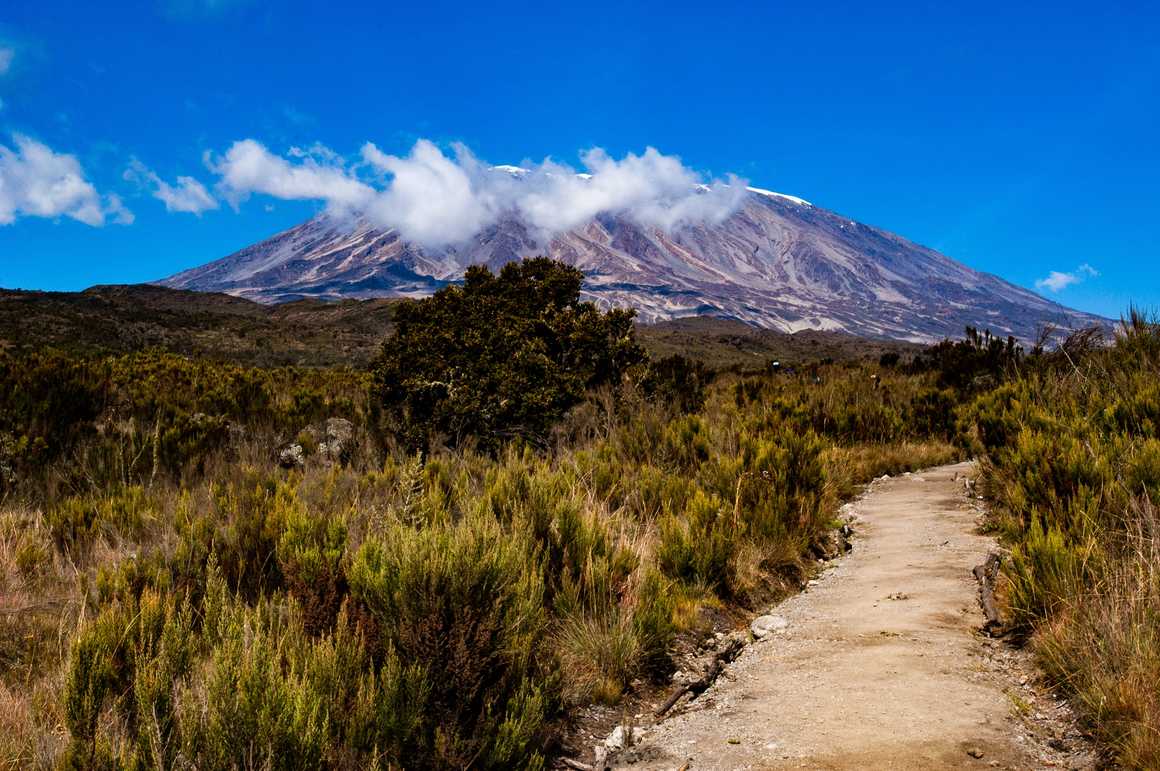
Climbing Kilimanjaro During a Full Moon
A practical reason for climbing during a full moon is that
the brightness of the moon illuminates your journey, improving visibility which
is especially useful during your summit attempt. You will also be greeted with
magnificent night views of Kibo, the highest volcanic peak on Kilimanjaro, from
most of the overnight camps. While most climbers tackle the summit by the light
of their headlamps, those who book their Kilimanjaro climb during a full moon experience illumination
from the moon (if it is a clear sky of course) which makes this awesome Kilimanjaro hike truly unforgettable.
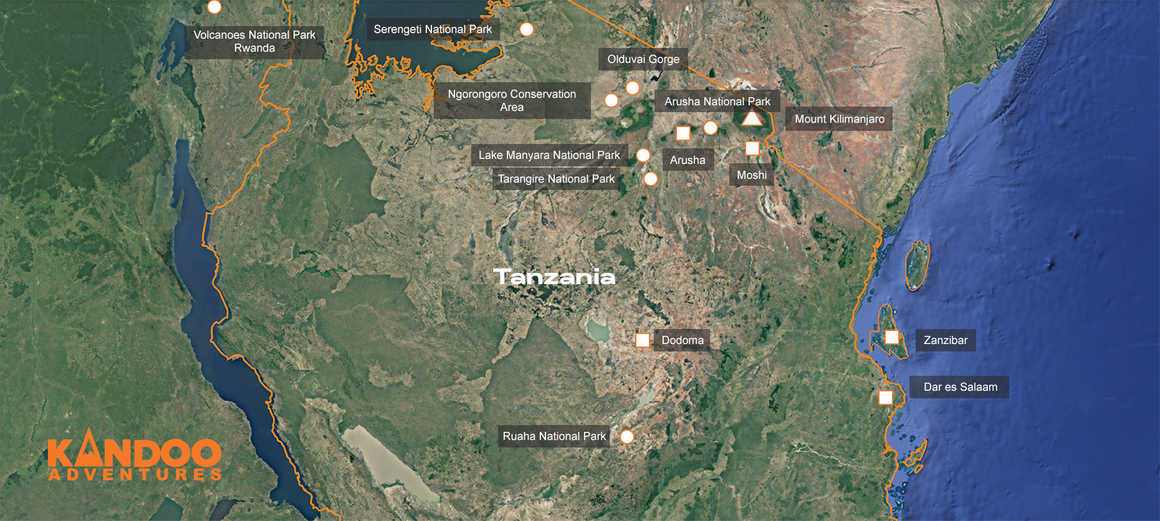
Best Time to Add a Tanzania Safari Trip Extension
After climbing Kilimanjaro, there are many amazing game
viewing opportunities to be had visiting three of Tanzania’s best safari parks.
With Kandoo Adventures trips to Kilimanjaro and Tanzania safari extension packages, explore Tanzania’s incredible Ngorongoro Conservation Area
and Tarangire National Park and go on a once-in-a-lifetime adventure in search
of the elusive Big 5.
